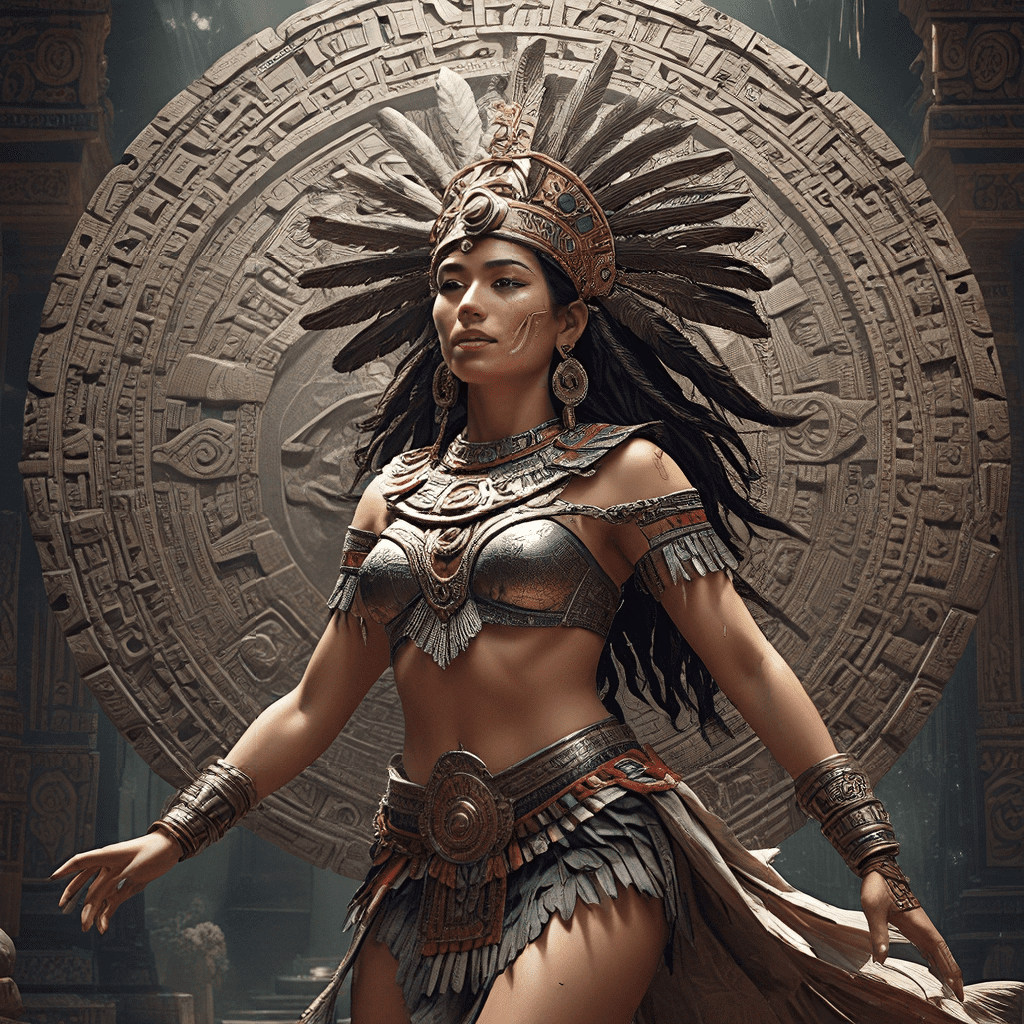The Strigoi and the Animals: Exploring the Relationships with the Natural World
I. Introduction to the Strigoi
The Strigoi are a prominent figure in Romanian folklore, often depicted as restless spirits or the undead. These entities are commonly thought to be the souls of the dead who rise from their graves, seeking revenge or to harm the living. The origins of the Strigoi can be traced back to ancient Dacian beliefs and have evolved through centuries of folklore, merging with various cultural elements.
Culturally, Strigoi hold significant meaning in Romanian tradition, embodying the fears and mysteries of death and the afterlife. They are often characterized as malevolent beings with the ability to drain the life force from their victims, similar to the concept of vampires in other cultures. Typical traits associated with Strigoi include pale skin, sharp fangs, and an insatiable thirst for blood.
II. The Strigoi’s Connection with Animals
In Strigoi mythology, animals play a crucial role, serving as symbols and companions. Various creatures are often associated with these supernatural beings, reflecting the deep-seated beliefs in the interconnectedness of life and death. The following points highlight the symbolism of animals in Strigoi lore:
- Bats: Often seen as the quintessential vampire animal, bats are associated with darkness and the night, mirroring the Strigoi’s nocturnal nature.
- Wolves: These creatures symbolize ferocity and loyalty, often embodying the wild spirit of the Strigoi.
- Crows: Considered omens of death, crows are frequently linked to the supernatural, representing the bridge between the living and the dead.
Common animal companions of the Strigoi include these creatures, which serve both as protectors and extensions of the Strigoi’s own powers. In many legends, animals are depicted as loyal allies, helping the Strigoi achieve their goals or providing guidance in the supernatural realm.
III. The Strigoi as Shapeshifters
One of the most fascinating aspects of the Strigoi is their ability to shapeshift. This power allows them to transform into various animals, thereby enhancing their abilities to evade capture or to enact revenge. The most commonly associated animals in Strigoi transformations include:
- Owls: These wise birds are often seen as messengers of the night, embodying the Strigoi’s connection to the supernatural.
- Foxes: Known for their cunning nature, foxes can represent the deceptive qualities of the Strigoi.
- Snakes: Symbolizing stealth and danger, snakes are often linked to the darker aspects of Strigoi lore.
The cultural interpretations of shapeshifting in folklore highlight the duality of existence. This ability not only reflects the Strigoi’s connection to nature but also underscores the fluidity between life and death, human and animal.
IV. Animals as Omens and Messengers
In Strigoi belief, the behavior of certain animals is considered significant, often serving as omens or warnings of impending Strigoi activity. For instance, unusual sightings or behaviors of animals can indicate the presence of a Strigoi in the area. Some folkloric examples include:
- When crows gather in unusual numbers, it is believed to signal a nearby Strigoi.
- The howling of wolves at night might indicate the restless spirit of a Strigoi seeking vengeance.
- A sudden appearance of bats might forewarn of a looming supernatural event.
This interplay between nature and the supernatural emphasizes the belief that the Strigoi exist within a larger ecological framework, where animal behavior serves as a direct link to the spiritual world.
V. Ecological Representations of the Strigoi
The Strigoi’s role within folklore often reflects their ecological significance. They embody various animal traits that mirror their characteristics, creating a complex relationship with the natural world. Some representations include:
- Predator and Prey: The Strigoi’s vampiric nature positions them as predators, while their animal companions often represent both allies and adversaries in the hunt.
- Survival Instincts: Much like animals, Strigoi are portrayed as fiercely protective of their territory and kin.
- Environmental Adaptations: The ability to shapeshift allows the Strigoi to adapt to different environments, much like animals do in nature.
Nature serves as both a refuge and a threat to the Strigoi, highlighting the duality of their existence within folklore.
VI. The Strigoi in Modern Media
The representation of the Strigoi and their connection with animals has evolved through modern literature and film. Many contemporary interpretations draw inspiration from traditional beliefs while infusing them with modern sensibilities. Notable examples include:
- Books such as “The Historian” by Elizabeth Kostova, which explore the historical and mythical aspects of vampire lore.
- Films like “What We Do in the Shadows,” which blend horror and comedy while referencing folkloric elements.
- TV series such as “The Strain,” which incorporate themes of transformation and the supernatural.
Comparatively, Strigoi narratives share similarities with other vampire mythologies, yet they retain unique cultural elements that reflect Romanian beliefs. The impact of these modern interpretations has contributed to a renewed interest in traditional folklore.
VII. The Strigoi and Environmental Symbolism
The relationship between the Strigoi and local biodiversity is not merely folklore; it reflects broader ecological themes. Strigoi narratives often address conservation issues, with the following points highlighting this connection:
- Biodiversity: The Strigoi represents the delicate balance of life and death, emphasizing the importance of maintaining healthy ecosystems.
- Conservation Themes: Stories often incorporate themes of protecting nature, paralleling the Strigoi’s need to preserve their existence.
- Ecological Concerns: The Strigoi can be seen as a metaphor for the consequences of environmental neglect, symbolizing the dangers of losing touch with nature.
VIII. Conclusion
In summary, the Strigoi’s relationship with the animal kingdom is multifaceted, reflecting deep cultural beliefs about life, death, and the natural world. Through their connections with animals, the Strigoi embody the complexities of folklore, serving as a bridge between the supernatural and the ecological.
Understanding these narratives is crucial for appreciating the role of folklore in shaping our perceptions of nature. As we navigate contemporary ecological challenges, the enduring legacy of the Strigoi reminds us of the intricate ties between humanity and the natural world, urging us to respect and protect the delicate balance of life.
